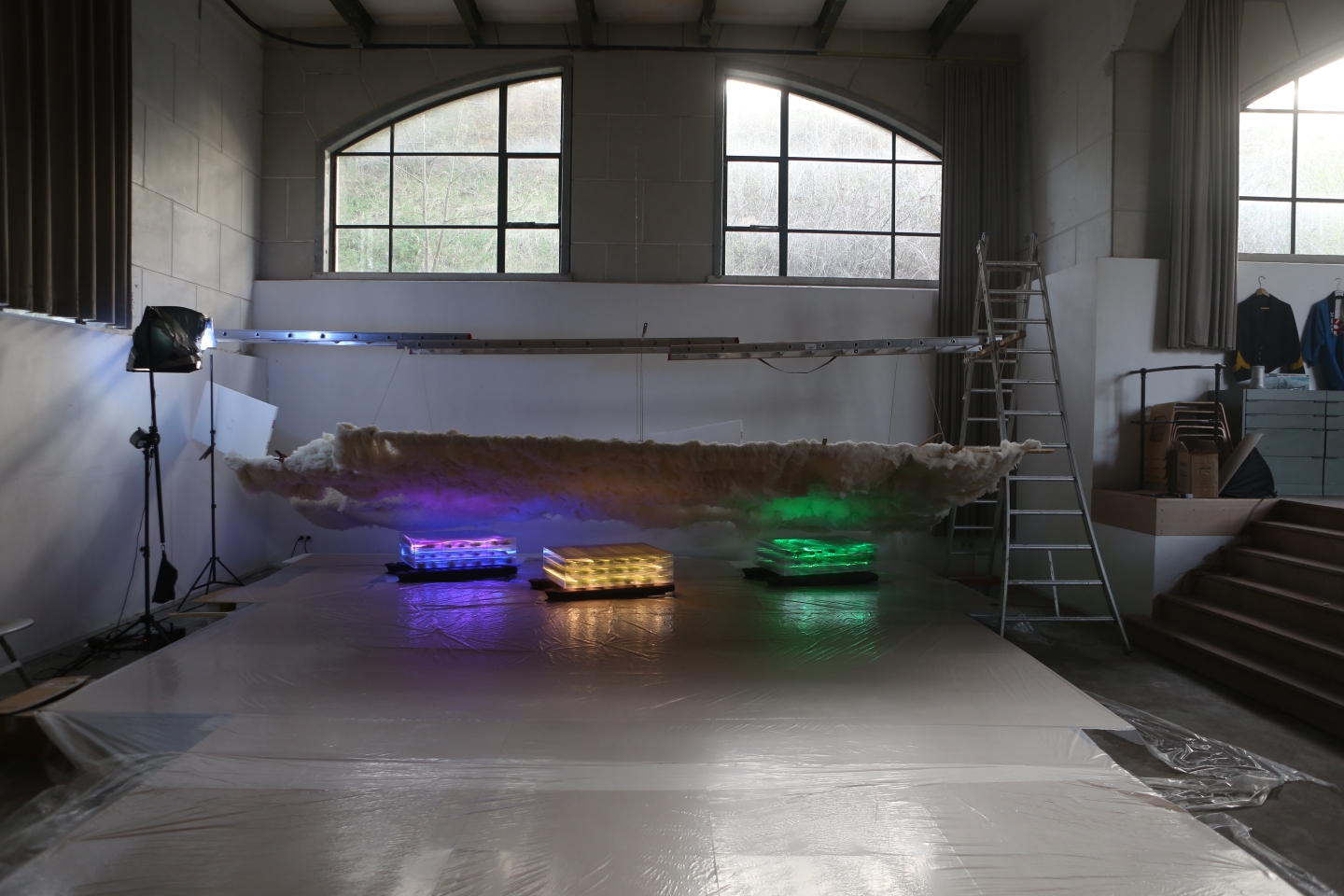
Art can be anything you want it to be, in Zwakman's practice it is a form of sensory lateral thinking. A non-linear, a-chronological process where beginning and end do not necessarily occur in that order. It always involves working at scale somewhere along the line. Miniature models can be used to develop or be the result shown in the final presentation, just as ideas can be the start, the finish or an afrethought of a project. Children’s toys are always to scale. Partly because kids tend to be smaller than grownups. But more specifically it reflects whether the aspect of their future under speculation is of a micro or macro nature. As in: building a model railway (scale 1:71), commanding an army of soldiers (1:87), clothing a Barbie (1:6), or wielding a Colt 45/serving tea (both 1:3). When building miniature sets for a photoshoot, Zwakman never works to a particular scale. It is an intuitive choice, whereby perspective is contrived and scale inconsistent within one image. But he always “knows” what size he has to build, even if this does not make sense in any rational or practical way, it is congruent to the ideas that are taking shape. In this lecture, he will share how ideas and materials can transit through scales in the development of projects and how this can be conducive to the art of surprising one self.
The Berlage Sessions is a thematic seven-part seminar series focusing on scholarly research and critical approaches to the history and theory of architecture and urban design. This spring’s series, entitled “In and Out of Scale,” examines select ideas and projects that reconsider the scalar relationships of the built environment, from radio transmission and television broadcasting to the model and the chair. Organized from the large to small scale, topics will include the remote transmission of information in the Cold War; televangelical spaces—worship sites, churches, hospitals, university campuses—that were either retrofitted to accommodate television or designed explicitly for its technology between the late 1950s and the early 1980s; the various interpretations and misinterpretations of “artificial land” in postwar Japan; how the construction of new garden cities not only scaled up building commissions but also created new local economies; on the staging of miniature landscapes for large-scale photographs; how scale models were used as descriptive instruments in nineteenth-century London; and a consideration of how the Indian planter’s chair affirms past influences while also sensitively converses with the present. Speakers will include Rachel Julia Engler, Jesse Honsa, Casey Mack, Sarita Sundar, Alfredo Thiermann, Matthew Wells, and Edwin Zwakman.
People
Edwin Zwakman is a visual artist living and working in Amsterdam. His projects employ staged photography with miniature models, augmented reality installations and architectural objects in public space. They are set to challenge our perception of the world, exploring the mentality that lies beneath the rational grids of man-made environments.
Zwakman's projects have been exhibited at venues such as the Venice Biennale, Les Rencontres d’Arles, Taipei Biennale, and various museums including the Van Abbe Museum, OCAT Museum Shen Zhen, Neues Museum Nürnberg, Stedelijk Museum Amsterdam, Maly Manezh Moscow and the National Gallery Vilnius. His work has also been showcased at art institutions and galleries around the world, including Ludwig Forum Aachen, Melly Rotterdam, Artist Space and Aperture New York, Architectural Association and Photographers Gallery London, and the National Museum of Contemporary Art Kyoto.
Recently the ongoing research project 'At Night I See the Future' shifts his explorations to a speculative view of what our world might look like in a hundred years. Collaborating with a diverse group of scientists, artists, and institutions, Zwakman aims to cultivate an intuitive and empathetic understanding of a potential future reality. As in his previous works, it is a detailed construction of seemingly mundane everyday life, that allows us to experience the reality of extreme and cataclysmic events.